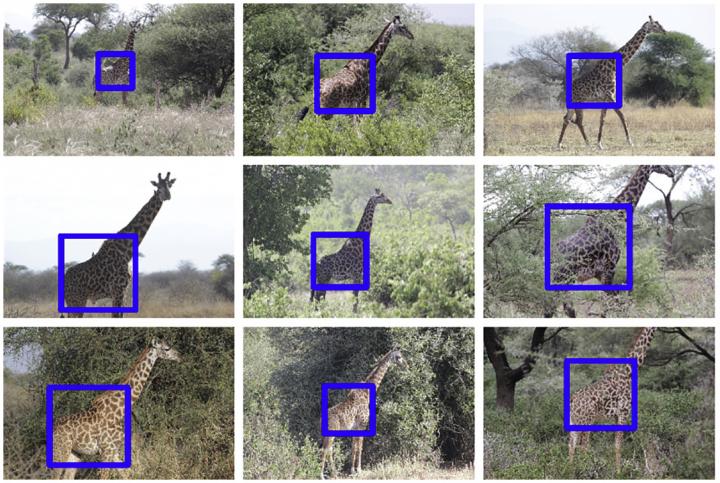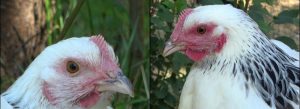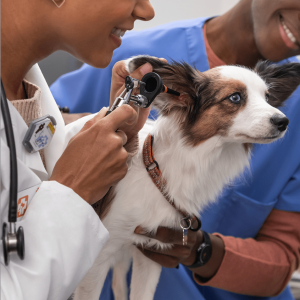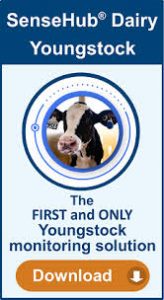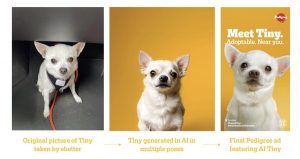A new automated method to prepare digital photos for analysis will help wildlife researchers who depend on photographs to identify individual animals by their unique markings. A wildlife biologist from Penn State teamed up with scientists from Microsoft Azure, a cloud computing service, using machine learning technology to improve how photographs are turned into usable data for wildlife research. A paper describing the new technique appears online in the journal Ecological Informatics.
A new program developed by researchers from Penn State and Microsoft Azure automatically detects regions of interest within images, alleviating a serious bottleneck in processing photos for wildlife research. The new program successfully identified the region of interest — unique marks on giraffe torsos — in giraffe photos, even when the giraffe occupied a small region of the photo or when they were partially covered by vegetation.
Lee uses photographs as part of a large ongoing study to understand births, deaths, and movement of more than 3,000 giraffes in East Africa. He and his team take digital photographs of each animal’s unique and unchanging spot patterns to identify them throughout their lives. But before the images can be processed by pattern recognition software to identify individuals, the research team has to manually crop each photo or delineate an area of interest. Lee collaborated with scientists from Microsoft, who have provided a new image processing service to automate this essential and time-consuming process using machine learning technology deployed on the Microsoft Azure cloud.
Using a computer algorithm for object detection, the Microsoft team trained a program to recognize giraffe torsos using existing photos that had been annotated by hand. The program was iteratively improved using an active learning process, where the system showed predicted cropping squares on new images to a human who could quickly verify or correct the results. These new images were then fed back into the training algorithm to further update and improve the program. The resulting system identifies the location of giraffe torsos in images with a very high accuracy, even when the giraffe is a small portion of the image or its torso is partially blocked by vegetation.
This process will also be useful to researchers studying other animals with unique identifying patterns–including some wild cats, elephants, salamanders, fish, penguins, and marine mammals. The system could be trained to identify and crop a photo to a region of interest specific to these species.
Lire la suite: www.expresscomputer.in

